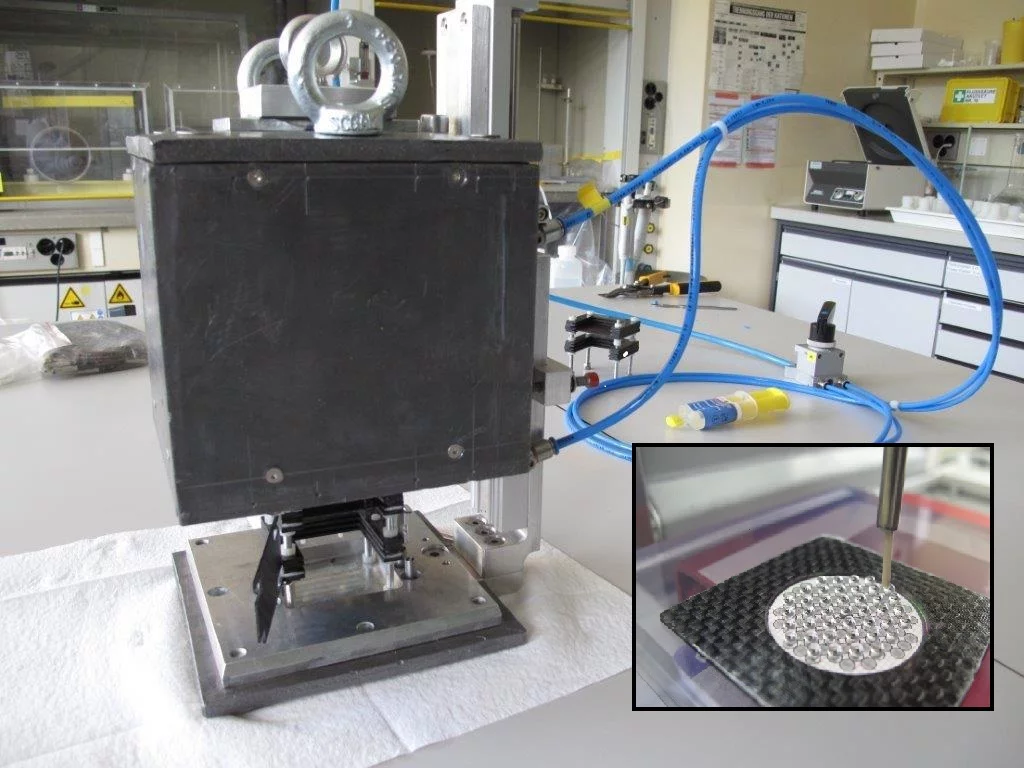The standard Big-Bang nucleosynthesis (BBN) model predicts the abundance of the light isotopes produced when the temperature of the Universe was low enough to allow neutrons and protons to combine into nuclei. The validity of this model has been largely proved by the fact that it reproduces the primordial abundance of 2H, 3He and 4He. However, a discrepancy still exists between the observed and the calculated 7Li abundance. This represents one of the most controversial and still pending problems in nuclear astrophysics, known as the “Cosmological Lithium problem". Approximately 95% of the primordial 7Li is believed to be the decay product of the primordial 7Be that occurred after the Big Bang when the plasma cooled down enough for the 7Be to capture an electron. Hence, in a search for a standard nuclear physics solution to the 7Li problem a great deal of attention has to be given to measuring the direct destruction of 7Be by reactions induced by particles like deuterium, 3He or neutrons present during BBN. The main showstoppers in conducting such experiments have been so far the limited availability and the elaborate handling of 7Be samples, due to its short half-life of only 53 days and the high specific activity of 13 GBq/g. However, PSI scientists from the Laboratory of Radiochemistry (LRC) have now developed together with the colleagues from the Operation Spallation Sources Group (BSQ) a method for separating sufficient amounts of 7Be from the cooling water of the neutron spallation source SINQ by chemically purifying it and producing targets suitable for measurements with particle beams. From the 7Be-batch obtained in 2015, two targets were manufactured and shipped to CERN for experiments at the neutron-Time-of-Flight facility n_TOF. The measurement has allowed to collect long-awaited data, now published in Physical Review Letters, on the 7Be(n,α) cross section. Before this measurement, the only available data was from a measurement at thermal neutron energy dating back to 1963. The n_TOF measurement is the first direct measurement over a relatively broad energy interval, that not only confirms a revision of the magnitude of the cross section, but also finds a significantly different energy dependence. Although this result does not solve the Cosmological Lithium Problem, the innovation behind this work paves the road for a series of measurements that are of great interest in BBN in particular and for Nuclear Astrophysics in general.
Contact
Dr. Dorothea Schumann
Radwaste Analytics Group
Laboratory for Radiochemistry (LRC)
Paul Scherrer Institut PSI
+41 56 310 4004
dorothea.schumann@psi.ch
Original Publication
-
Barbagallo M, Musumarra A, Cosentino L, Maugeri E, Heinitz S, Mengoni A, et al.
7Be(n,α)4He reaction and the cosmological lithium problem: measurement of the cross section in a wide energy range at n_TOF at CERN
Physical Review Letters. 2016; 117(15): 152701 (7 pp.). https://doi.org/10.1103/PhysRevLett.117.152701
DORA PSI

